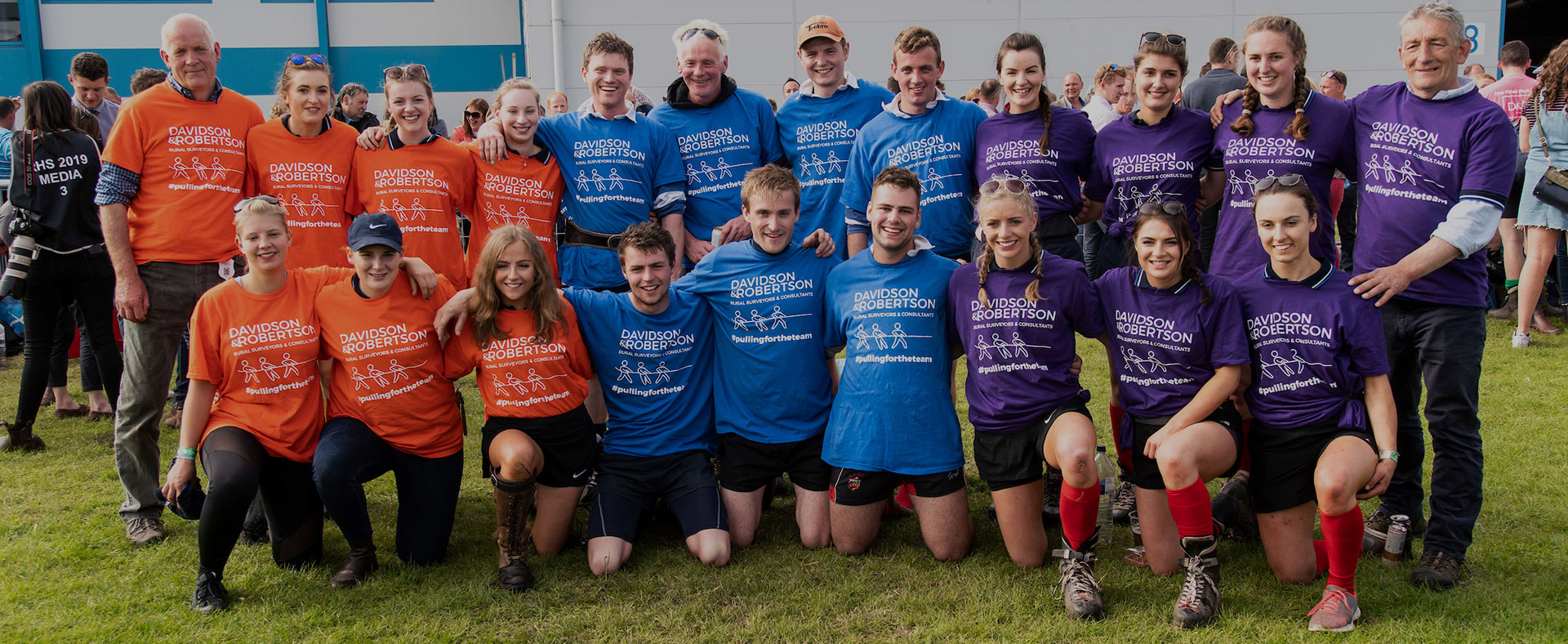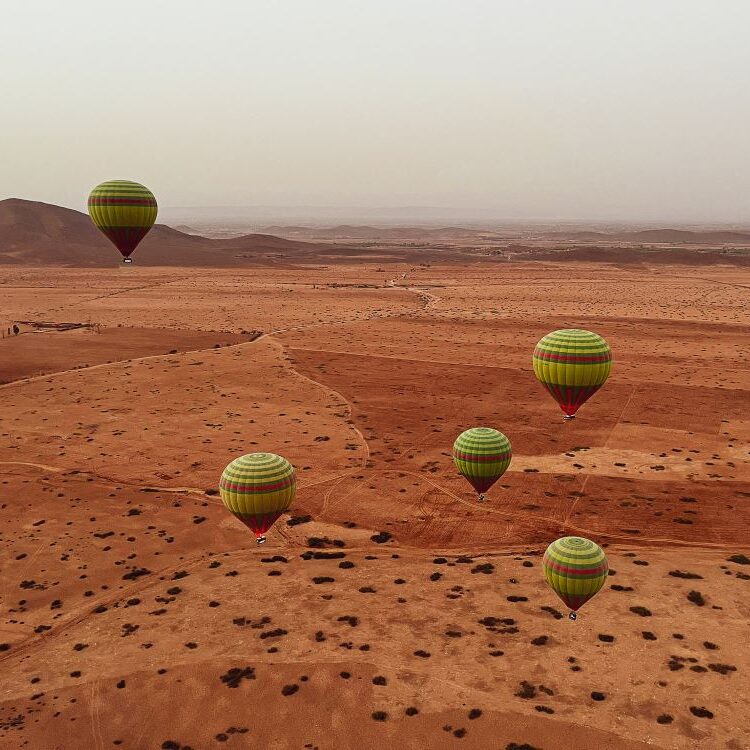
05 Aug Morocco Travel Blog
In early July, 9 members from across the length of the country travelled to Morocco as part of our International Travel Programme. Together they spent a week exploring this country, rich in culture and history. The group consisted of:
Amy Dalgarno (Turriff), Amy Haddow (Lesmahagow), Erin Gibson (Shetland) , Hamish Smith (Kinross), Kirsten Laird (Bell Baxter), Rhona Rhind (Lower Speyside), Ross Campbell (Machars ), Sophie Stockwell (East Fife) and Zoe Burgoyne (Lower Nithsdale)
Below is an account from the group of their travels and the adventures they had.
Morocco Blog
Our trip began very early at Edinburgh airport where we had all arranged to meet at 5am. I soon realised best not to complain about the early start as I met everyone and discovered how far and wide everyone had travelled, especially Erin coming all the way from Shetland!
We made our way through security and headed to board our flight. First stop London Gatwick. After a short flight we headed for breakfast and a chance to chat and get to know each other whilst we waited for our second flight which took us to Madrid. Then finally we took one more short flight to Casablanca where the trip could really begin.
We landed just after 5pm and got a short transfer to our hotel. This is when we met our tour guide Mohamed who very quickly become one of our favourite people. We sat in the hotel and Mohamed taught us a bit about Morocco and their culture. Moroccan people are called Berber’s and mainly speak Arabic; however, many can speak a few languages, lots of locals also spoke French, Spanish and English as well. Casablanca is the business capital of Morocco and is the largest populated city with 6 million residents. We then all headed for tea at a local restaurant followed by an early night so we would be ready to start our first full day in Morocco.
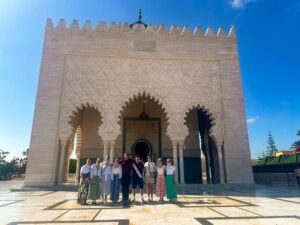
We then set off again headed for Chefchaouen, we travelled through the main agricultural district. Agriculture is the biggest export in Morocco and farmers in Morocco have not had to pay tax since 1962. We drove through the beautiful Rif Mountains, where the farmers in Morocco face very different weather issues to us, with almost 300 days of sun every year and 60 days of rain on a good year. However, in the last couple of years they have only had 30 days of rain resulting in droughts. They grow a lot of fruit and veg such as olives, berries, citrus fruits, melons and avocados. 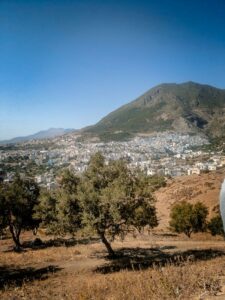
We then arrived at the beautiful blue city Chefchaouen which was built in 1471, we stopped overlooking the city to take in the amazing views. We arrived at our hotel and got settled in before Mohamed took us for a walk around some of the blue streets which he knew very well as he lives here.
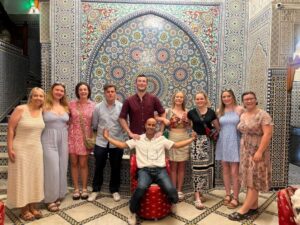
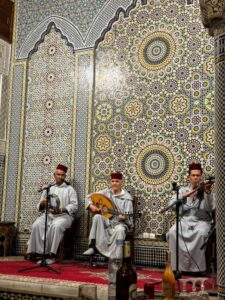
On Day 2 in Fes booked a guided tour with (Khameel) to take us around the Fes Medina – the largest Medina in the world. He was born and raised there so could navigate the 9,400 alley’s spanning 250 hectares, with ease. We visited a palace complex dating back to the 13th century, which contains 5 palaces inside its walls, spanning 80 hectares. Our guide told us that due to the alleys in the medina’s being so narrow, most just wide enough for one person to walk through at a time, means transporting goods especially furniture into and out of their 14th century homes is extremely difficult. The only way to transport large goods and furniture into houses in the middle of alleys is to put it up through the home at the end of the alley and take it along the roofs of the houses and down the skylight of their own home.
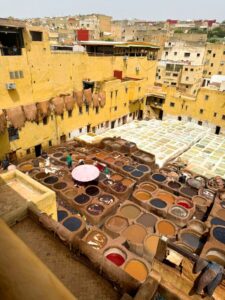
Our guide took us to the Art D’Argile Pottery and Mosaic School, workshop and shop. We saw the whole process from start to finish, which was so interesting once the pieces have been made, they are hand painted with all natural colours made from minerals, they then go in the kiln at 1,200 degrees for 8 hours first to set the pottery then 1,200 degrees again for a further 8 hours to set the glaze. We also saw the process of how they make mosaic designs, from making the small mosaic shapes to forming the whole design upside down completely unseen until fully complete, which could take months if not up to a year depending on the size.
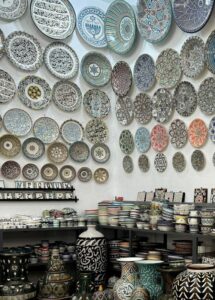
We then ended the night by heading out for some Italian food and finished off the meal with some gelato.
After a busy couple of days exploring the chaos & culture in Fes, we had a 6 hour bus trip to Marrakech on Friday morning. Upon arrival, we had a few hours to ourselves to relax, refresh & explore the city. In the evening, we headed down to the bustling main square, Jemaa El-Fnaa, to experience local musicians & dancers, snake whisperers, monkeys & many enthusiastic market stall sellers. Thousands of people descend upon the square each night. The largest mosque in Marrakech, The Kutubiyya mosque, is also situated next to the main square.
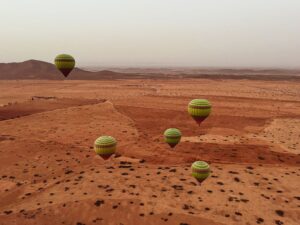
After a late night, the 4:30am alarms on Saturday morning were tough but watching the sunrise at 3000ft over the red desert was spectacular.
After floating through the air for an hour we were treated to a traditional berber breakfast of pancakes, fruit, yoghurts, pastries/crepes.
Overall it is fair to say that our time in Morocco can only be described as a trip of a lifetime. From soaking in the blue streets of Chefchaouen to the bustling markets of Marrakech, each and every one of us has taken away something special. It has to be said that life skills have been developed too by learning to navigate a foreign closed currency as well as adapting to the culture of the country we were in. All in all, lifetime friendships have been firmly cemented and we cannot thank SAYFC enough for bringing us all together and providing us with this opportunity to travel to a country we may never have went to on our own! Zoe Burgoyne (Lower Nithsdale)

